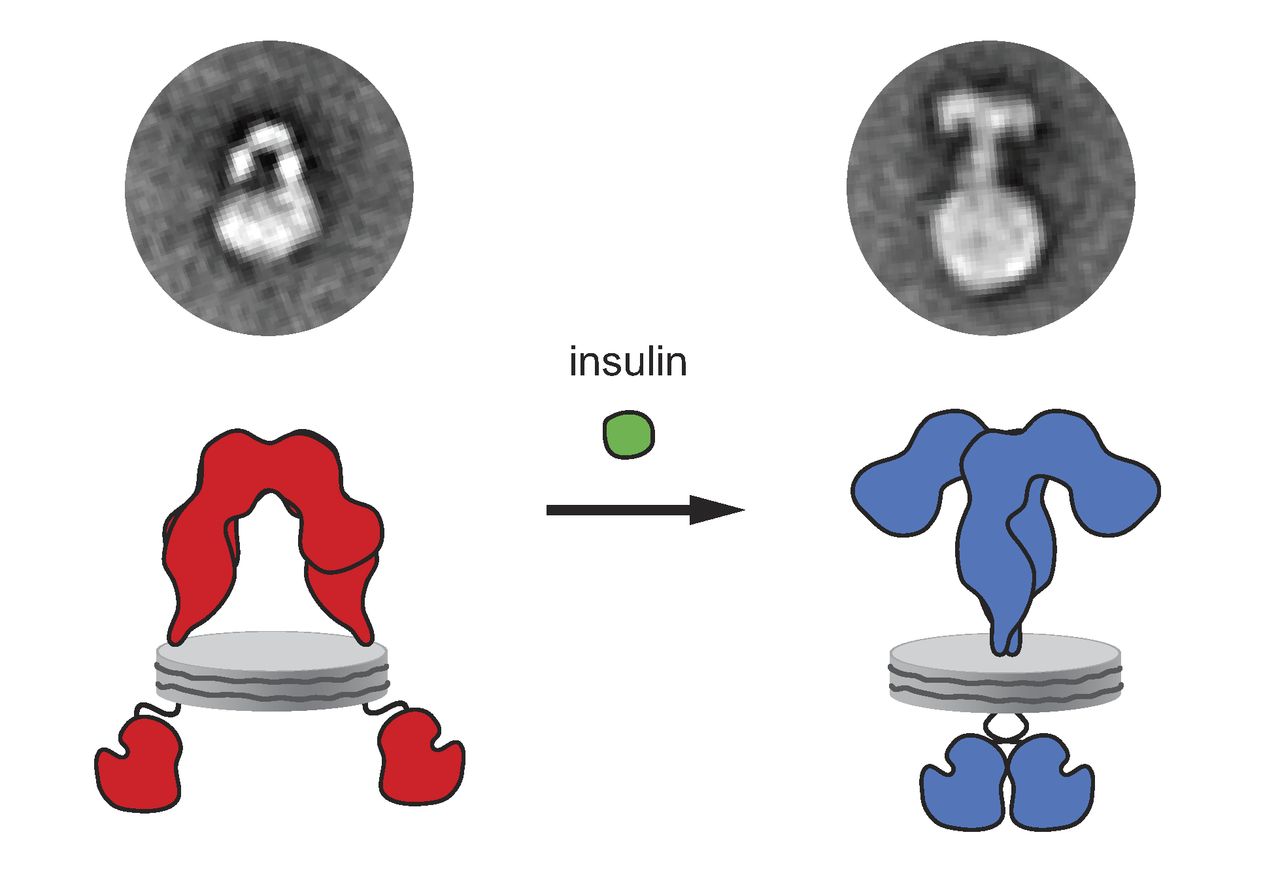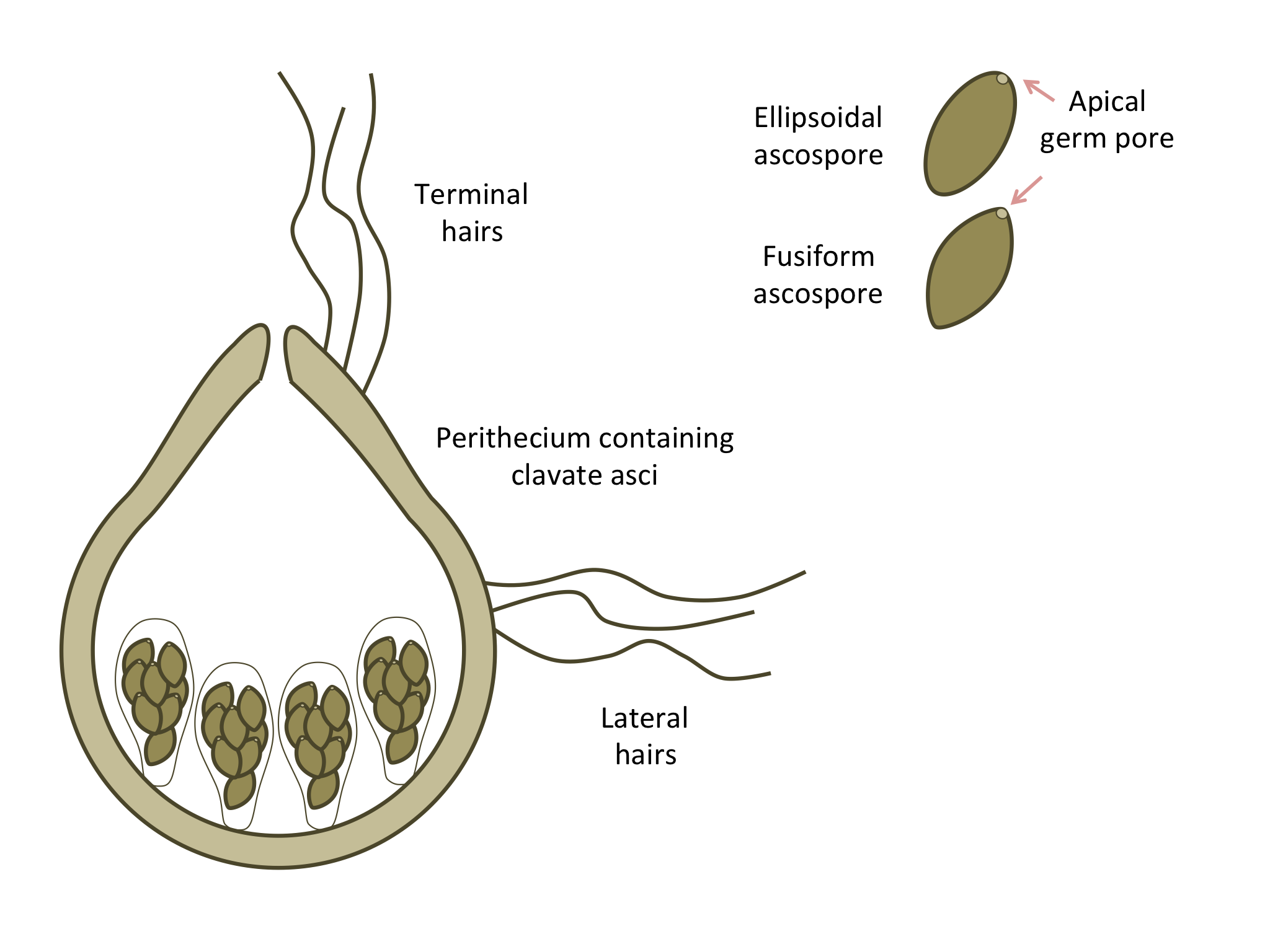|
4548-G05
Chaetochromin, also known as 4548-G05, is an orally active, small-molecule, selective agonist of the insulin receptor. It has potent and long-lasting antidiabetic activity ''in vivo'' in mice. The drug may represent a novel potential therapeutic agent for the treatment of diabetes which is more convenient and tolerable to administer than injected insulin. It was discovered in 1981 in ''Chaetomium gracile'' fungi, and its interaction with the insulin receptor was identified in 2014. Stereochemistry Chaetochromin A and B are stereoisomers of this structure, while chaetochromin C and D are related but different compounds. It is not known whether the insulin mimetic effect was found in chaetochromin A or B, or in a mixture. See also * Anti-diabetic medication Drugs used in diabetes treat types of diabetes mellitus by decreasing glucose levels in the blood. With the exception of insulin, most GLP-1 receptor agonists ( liraglutide, exenatide, and others), and pramlintid ... [...More Info...] [...Related Items...] OR: [Wikipedia] [Google] [Baidu] |
Insulin Receptor
The insulin receptor (IR) is a transmembrane receptor that is activated by insulin, IGF-I, IGF-II and belongs to the large class of receptor tyrosine kinase. Metabolically, the insulin receptor plays a key role in the regulation of glucose homeostasis; a functional process that under degenerate conditions may result in a range of clinical manifestations including diabetes and cancer. Insulin signalling controls access to blood glucose in body cells. When insulin falls, especially in those with high insulin sensitivity, body cells begin only to have access to lipids that do not require transport across the membrane. So, in this way, insulin is the key regulator of fat metabolism as well. Biochemically, the insulin receptor is encoded by a single gene , from which alternate splicing during transcription results in either IR-A or IR-B isoforms. Downstream post-translational events of either isoform result in the formation of a proteolytically cleaved α and β subunit, which up ... [...More Info...] [...Related Items...] OR: [Wikipedia] [Google] [Baidu] |
Oral Administration
Oral administration is a route of administration whereby a substance is taken through the Human mouth, mouth, swallowed, and then processed via the digestive system. This is a common route of administration for many medications. Oral administration can be easier and less painful than other routes of administration, such as Injection (medicine), injection. However, the onset of action is relatively low, and the effectiveness is reduced if it is not absorbed properly in the digestive system, or if it is broken down by digestive enzymes before it can reach the bloodstream. Some medications may cause gastrointestinal side effects, such as nausea or vomiting, when taken orally. Oral administration can also only be applied to conscious patients, and patients able to swallow. Terminology ''Per os'' (; ''P.O.'') is an adverbial phrase meaning literally from Latin "through the mouth" or "by mouth". The expression is used in medicine to describe a treatment that is taken orally (but not ... [...More Info...] [...Related Items...] OR: [Wikipedia] [Google] [Baidu] |
Chaetomium
''Chaetomium'' is a genus of fungi in the Chaetomiaceae family. It is a dematiaceous (dark-walled) Mold (fungus), mold normally found in soil, air, cellulose and plant debris. According to the ''Dictionary of the Fungi'' (10th edition, 2008), there are about 95 species in the widespread genus. In 1817 Gustav Kunze established the genus ''Chaetomium'' (the plume of the helmet) to classify the species ''C. globosum'' and ''C. elatum''. No further contributions to the genus were made until 1837 when the publication of August Carl Joseph Corda, Corda described its characteristic asci in his work, ''Icones Fungorum Hucusque Cognitorum''. In 1915, Arthur Houston Chivers produced a complete monographic treatment of the genus, recognizing only 28 of the described 114 species. Members of this genus typically have superficial, ostiolar perithecia, covered in hairs. Asci are often clavate and evanescent, bearing eight spores. Ascospores are usually lemon-shaped, commonly colored oliv ... [...More Info...] [...Related Items...] OR: [Wikipedia] [Google] [Baidu] |
Insulin Receptor Agonists
Insulin (, from Latin ''insula'', 'island') is a peptide hormone produced by beta cells of the pancreatic islets encoded in humans by the insulin (''INS)'' gene. It is the main anabolic hormone of the body. It regulates the metabolism of carbohydrates, fats, and protein by promoting the absorption of glucose from the blood into cells of the liver, fat, and skeletal muscles. In these tissues the absorbed glucose is converted into either glycogen, via glycogenesis, or fats (triglycerides), via lipogenesis; in the liver, glucose is converted into both. Glucose production and secretion by the liver are strongly inhibited by high concentrations of insulin in the blood. Circulating insulin also affects the synthesis of proteins in a wide variety of tissues. It is thus an anabolic hormone, promoting the conversion of small molecules in the blood into large molecules in the cells. Low insulin in the blood has the opposite effect, promoting widespread catabolism, especially of reserv ... [...More Info...] [...Related Items...] OR: [Wikipedia] [Google] [Baidu] |
Heterocyclic Compounds With 3 Rings
A heterocyclic compound or ring structure is a cyclic compound that has atoms of at least two different chemical element, elements as members of its ring(s). Heterocyclic organic chemistry is the branch of organic chemistry dealing with the synthesis, properties, and applications of organic heterocycles. Examples of heterocyclic compounds include all of the nucleic acids, the majority of drugs, most biomass (cellulose and related materials), and many natural and synthetic dyes. More than half of known compounds are heterocycles. 59% of US FDA-approved drugs contain nitrogen heterocycles. Classification The study of organic heterocyclic chemistry focuses especially on organic unsaturated derivatives, and the preponderance of work and applications involves unstrained organic 5- and 6-membered rings. Included are pyridine, thiophene, pyrrole, and furan. Another large class of organic heterocycles refers to those fused to benzene rings. For example, the fused benzene deriv ... [...More Info...] [...Related Items...] OR: [Wikipedia] [Google] [Baidu] |
Diketones
In organic chemistry, a dicarbonyl is a molecule containing two carbonyl () Functional group, groups. Although this term could refer to any organic compound containing two carbonyl groups, it is used more specifically to describe molecules in which both carbonyls are in close enough proximity that their Reactivity (chemistry), reactivity is changed, such as 1,2-, 1,3-, and 1,4-dicarbonyls. Their properties often differ from those of monocarbonyls, and so they are usually considered functional groups of their own. These compounds can have symmetrical or unsymmetrical substituents on each carbonyl, and may also be functionally symmetrical (dialdehydes, diketones, diesters, ''etc.'') or unsymmetrical (keto-esters, keto-acids, ''etc.''). 1,2-Dicarbonyls 1,2-Dialdehyde The only 1,2-dialdehyde is glyoxal, . Like many alkyldialdehydes, glyoxal is encountered almost exclusively as its hydrate and oligomers thereof. These derivatives often behave equivalently to the aldehydes since hydra ... [...More Info...] [...Related Items...] OR: [Wikipedia] [Google] [Baidu] |
Polyphenols
Polyphenols () are a large family of naturally occurring phenols. They are abundant in plants and structurally diverse. Polyphenols include phenolic acids, flavonoids, tannic acid, and ellagitannin, some of which have been used historically as dyes and for tanning garments. Etymology The name derives from the Ancient Greek word (, meaning "many, much") and the word ‘phenol’ which refers to a chemical structure formed by attachment of an aromatic benzenoid (phenyl) ring to a hydroxyl (-OH) group (hence the ''-ol'' suffix). The term "polyphenol" has been in use at least since 1894. Definition Polyphenols are natural products with "one or several hydroxyl groups on aromatic rings", including four principal classes: phenolic acids, flavonoids, stilbenes, and lignans. Flavonoids can be grouped as flavones, flavonols, flavanols, flavanones, isoflavones, proanthocyanidins, and anthocyanins. Particularly abundant flavanoids in foods are catechin (tea, fruits), hespereti ... [...More Info...] [...Related Items...] OR: [Wikipedia] [Google] [Baidu] |
Anti-diabetic Medication
Drugs used in diabetes treat types of diabetes mellitus by decreasing glucose levels in the blood. With the exception of insulin, most GLP-1 receptor agonists ( liraglutide, exenatide, and others), and pramlintide, all diabetes medications are administered orally and are thus called oral hypoglycemic agents or oral antihyperglycemic agents. There are different classes of hypoglycemic drugs, and selection of the appropriate agent depends on the nature of diabetes, age, and situation of the person, as well as other patient factors. Type 1 diabetes or Diabetes mellitus is an endocrine disorder characterized by hyperglycemia due to autoimmune destruction of insulin-secreting pancreatic beta cells or from variable degrees of insulin resistance and deficiency. Chronic hyperglycemia of diabetes can lead to multiorgan damage, resulting in renal, neurologic, cardiovascular, and other serious complications. The treatment for Type 1 diabetes is insulin injection. Type 2 diabetes is ... [...More Info...] [...Related Items...] OR: [Wikipedia] [Google] [Baidu] |
Stereoisomer
In stereochemistry, stereoisomerism, or spatial isomerism, is a form of isomerism in which molecules have the same molecular formula and sequence of bonded atoms (constitution), but differ in the three-dimensional orientations of their atoms in space. This contrasts with structural isomers, which share the same molecular formula, but the bond connections or their order differs. By definition, molecules that are stereoisomers of each other represent the same structural isomer. Enantiomers Enantiomers, also known as optical isomers, are two stereoisomers that are related to each other by a reflection: they are mirror images of each other that are non-superposable. Human hands are a macroscopic analog of this. Every stereogenic center in one has the opposite configuration in the other. Two compounds that are enantiomers of each other have the same physical properties, except for the direction in which they rotate polarized light and how they interact with different enantiomers of ... [...More Info...] [...Related Items...] OR: [Wikipedia] [Google] [Baidu] |
Injection (medicine)
An injection (often and usually referred to as a "shot" in US English, a "jab" in UK English, or a "jag" in Scottish English and Scots) is the act of administering a liquid, especially a drug, into a person's body using a needle (usually a hypodermic needle) and a syringe. An injection is considered a form of parenteral drug administration; it does not involve absorption in the digestive tract. This allows the medication to be absorbed more rapidly and avoid the first pass effect. There are many types of injection, which are generally named after the body tissue the injection is administered into. This includes common injections such as subcutaneous, intramuscular, and intravenous injections, as well as less common injections such as epidural, intraperitoneal, intraosseous, intracardiac, intraarticular, and intracavernous injections. Injections are among the most common health care procedures, with at least 16 billion administered in developing and transitional ... [...More Info...] [...Related Items...] OR: [Wikipedia] [Google] [Baidu] |







